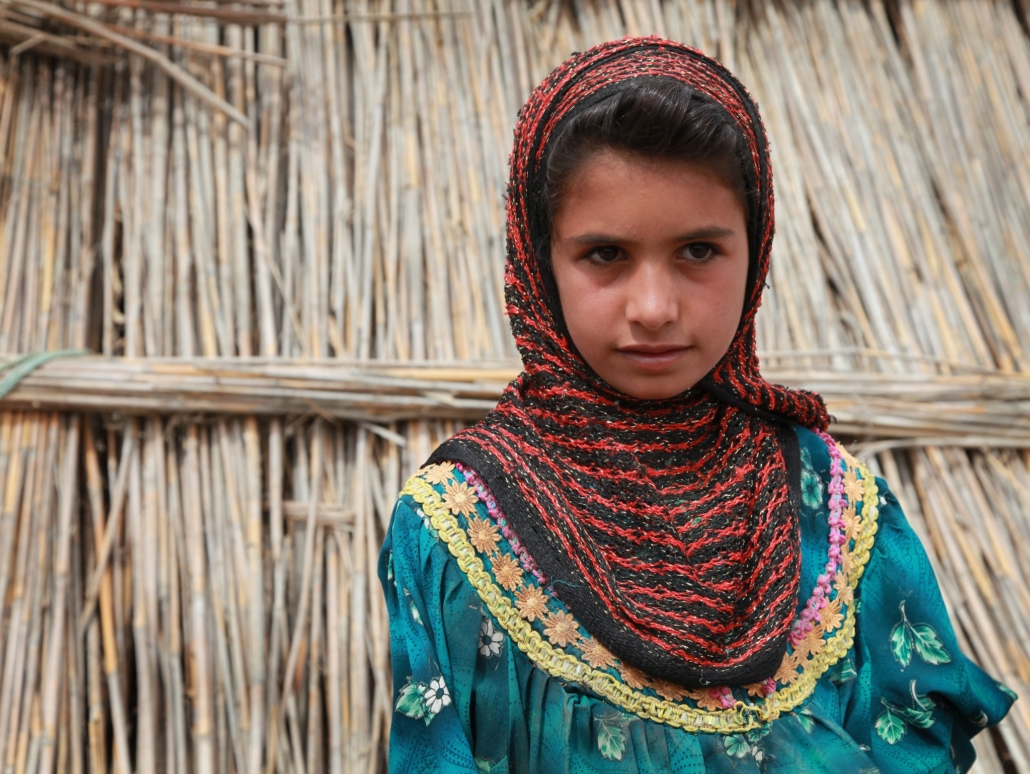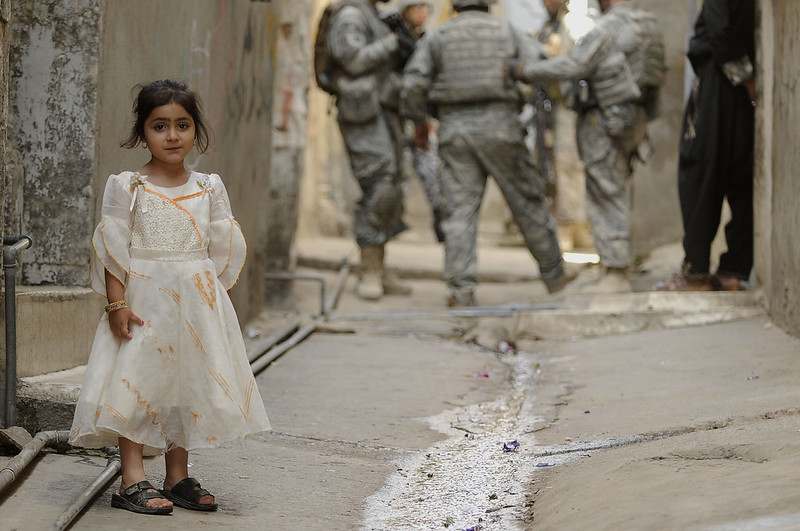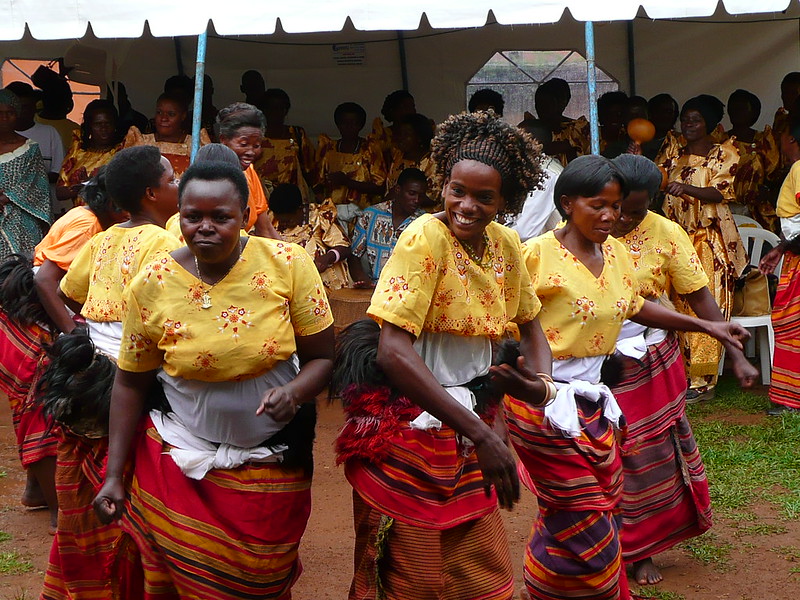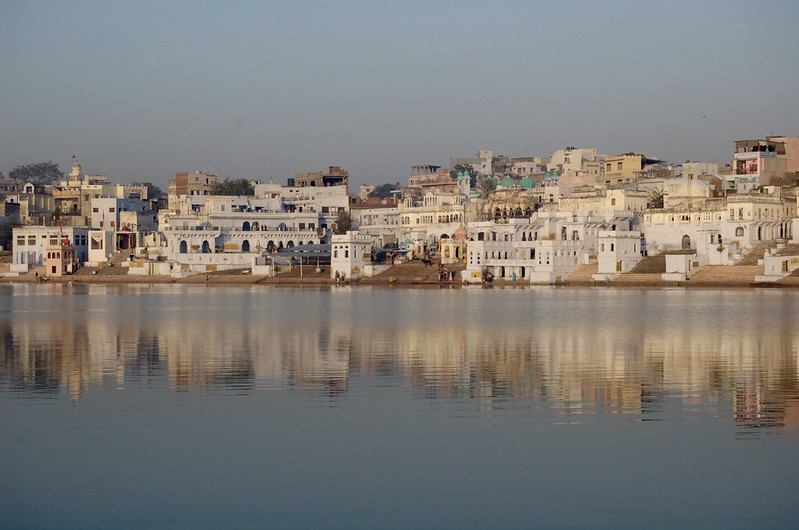 India is known as a country that has supported child marriages for centuries. However, the issue of child marriage in India has exacerbated in recent years. As such, humanitarian organizations are increasing their efforts to bring awareness to the issue of forced marriages in India. Here are four organizations fighting forced marriages in India.
India is known as a country that has supported child marriages for centuries. However, the issue of child marriage in India has exacerbated in recent years. As such, humanitarian organizations are increasing their efforts to bring awareness to the issue of forced marriages in India. Here are four organizations fighting forced marriages in India.4 Organizations Fighting Forced Marriages in India
- Vasavya Mahila Mandali — Vasavya Mahila Mandali (VMM) works to prevent abuse against children and women by creating a shift in patriarchal behaviors and attitudes. This charitable organization is active in the Andhra Pradesh community and the surrounding areas. VMM aims to foster inclusive social, economic and cultural advancement for women, children and young people in dangerous situations. It does this by motivating populations to enhance the quality of life and to create a stronger civil society in India.
- Saarthi Trust — The Saarthi Trust’s goal is to make society free from all oppression against women and children, such as forced marriages. It aims to spread happiness to survivors and move them on to the recovery route. With the help of the government, Saarthi allowed child bride victims to legally cancel their arranged marriages. This was the first time in India.
- Girls Not Brides — Girls Not Brides (GNB) educates the public of the risk of child marriage and therefore protects girls’ human rights. This allows for schooling and the freedom for girls to reach their full potential. It believes that 18 should be the minimum marriage age for girls and boys. GNB increases awareness of the negative effects of child marriage through community education, holding local, national and international discussions, as well as encouraging collaborative learning among organizations working to prevent child marriage. GNB also provides assistance to those already married. The organization partners with other agencies to end violence against women and to effectively develop government policy and funding to eliminate forced marriages.
- Breakthrough — Breakthrough works directly inside the communities in the states of Bihar and Jharkhand, which have the highest incidences of child marriage in India. The program Breakthrough continues its work in the hope to end child marriages. The organization communicates with its diverse audience in a language they understand and via media platforms. This includes music, digital technology and pop culture. The music album “Mann ke Manjeere” was born out of this modern approach to problem-solving. What began as a music video has since taken on a life of its own. It has now evolved into a movement. Breakthrough concentrated its attention on breaking down barriers and initiating honest conversations about gender, crime and inequality.
Looking Ahead
Great measures are being taken to stop forced marriages in India. In the coming years, if this progress continues, amazing changes will be made in the lives of many forced marriage victims.
– Rand Lateef
Photo: Flickr
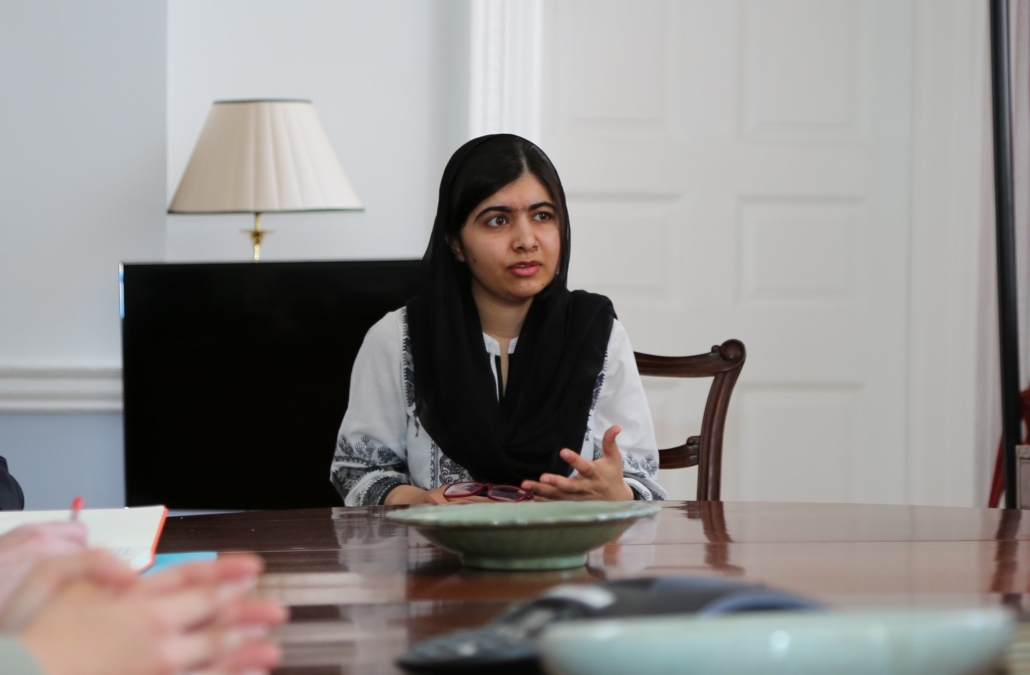
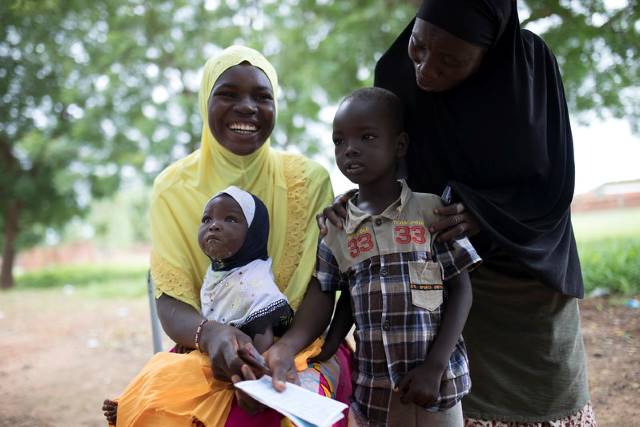 Burkina Faso, a small, landlocked country in Western Africa, is one of the least developed countries in the world.
Burkina Faso, a small, landlocked country in Western Africa, is one of the least developed countries in the world. 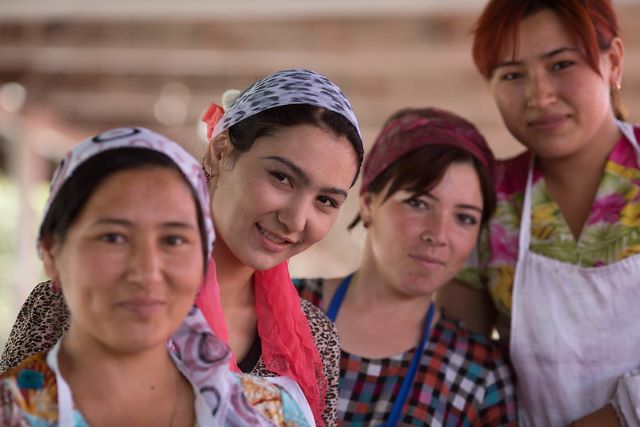 After the dissolution of the Soviet Union, Uzbekistan, like many post-Soviet nations, experienced a surge of conservative culture amongst the ruling elites and the general population. This surge led to the implementation of policies that were more
After the dissolution of the Soviet Union, Uzbekistan, like many post-Soviet nations, experienced a surge of conservative culture amongst the ruling elites and the general population. This surge led to the implementation of policies that were more 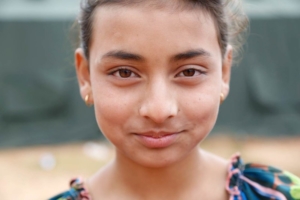 Nepal, a landlocked country in South Western Asia, is one of the few places in the world where rates of child marriage are not slowing. In certain areas, they are increasing. Although child marriage in Nepal has been illegal for over fifty years, 40% of Nepalese women between the
Nepal, a landlocked country in South Western Asia, is one of the few places in the world where rates of child marriage are not slowing. In certain areas, they are increasing. Although child marriage in Nepal has been illegal for over fifty years, 40% of Nepalese women between the 